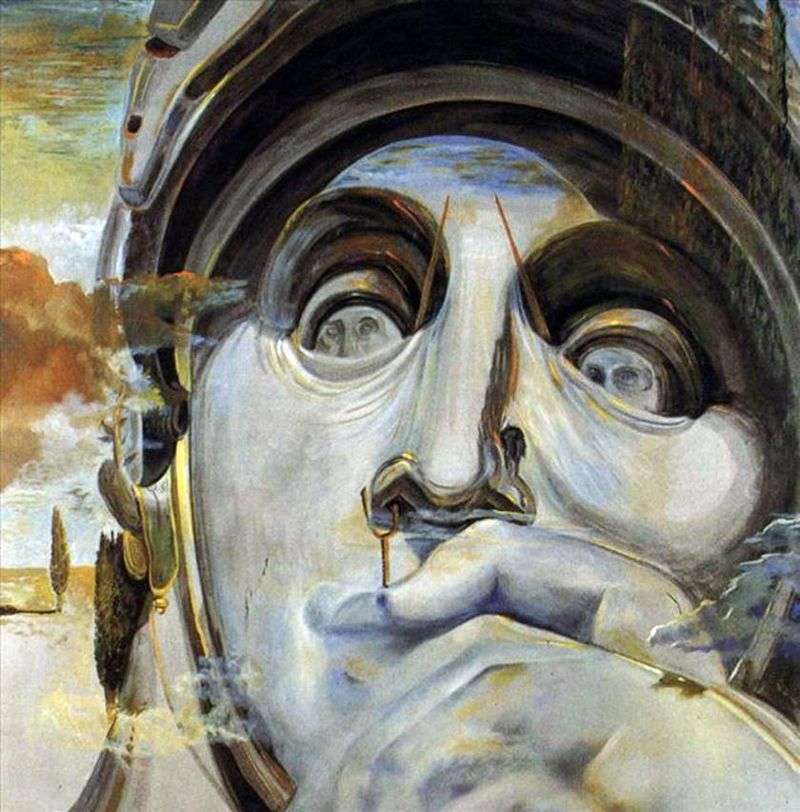
Virtually the whole space of the canvas is occupied by the largest plan of the warrior’s face. Head in helmet, mouth covered with fingers bent fingers. From the warrior’s eye sockets, his face, diminished and reflected twice, looks at the viewer. Spears prop up the superciliary arches. One of his nostrils supports a supporting rod.
The warrior has a meaningless look, he reminds a madman. The left part of the canvas is an interesting pile of small details. From the helmet of the warrior grows a tree shoot, which has the form of an erect phallus. The tip of the shoot is lost in a dense, swirling cloud. From the base of the escape the soft hours hang down.
Close to the head of the warrior is a closely growing group of cypresses. A stand-alone cypress has a candle in the background. All this – and the trees, and the clock – the symbols of the passage of time. The character of the picture does not bear the time. A helmet or helmet, bayonets or spears, it does not matter.
A warrior remains a reaper of death, regardless of the age. A Roman legionary or a Viking, a crusader, a cuirassier, a hussar, an ordinary infantryman or a military leader, is his face, his collective image. Time goes on as usual, and people still destroy each other. The time of death – the subjective time, which count down the “soft” hours of Dali – can come at any time. The warrior carries it with him.
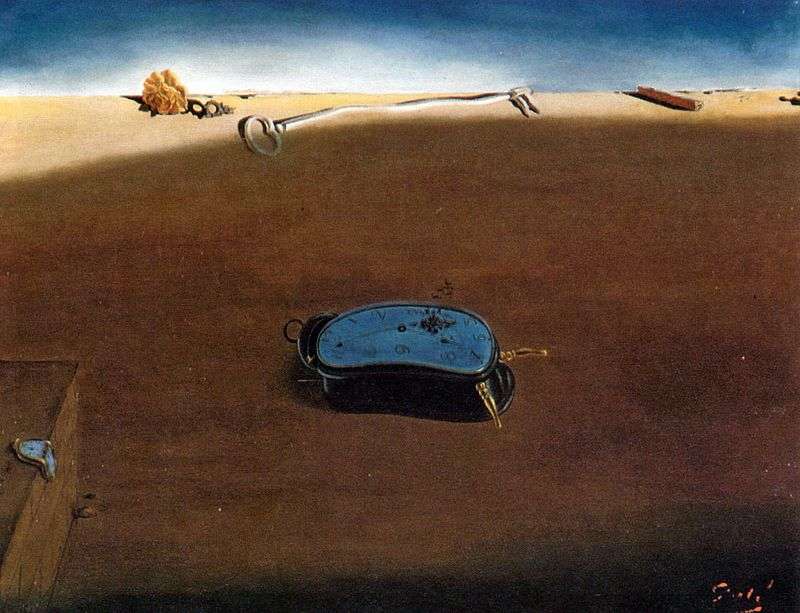 Soft watches by Salvador Dali
Soft watches by Salvador Dali Persistence of memory by Salvador Dali
Persistence of memory by Salvador Dali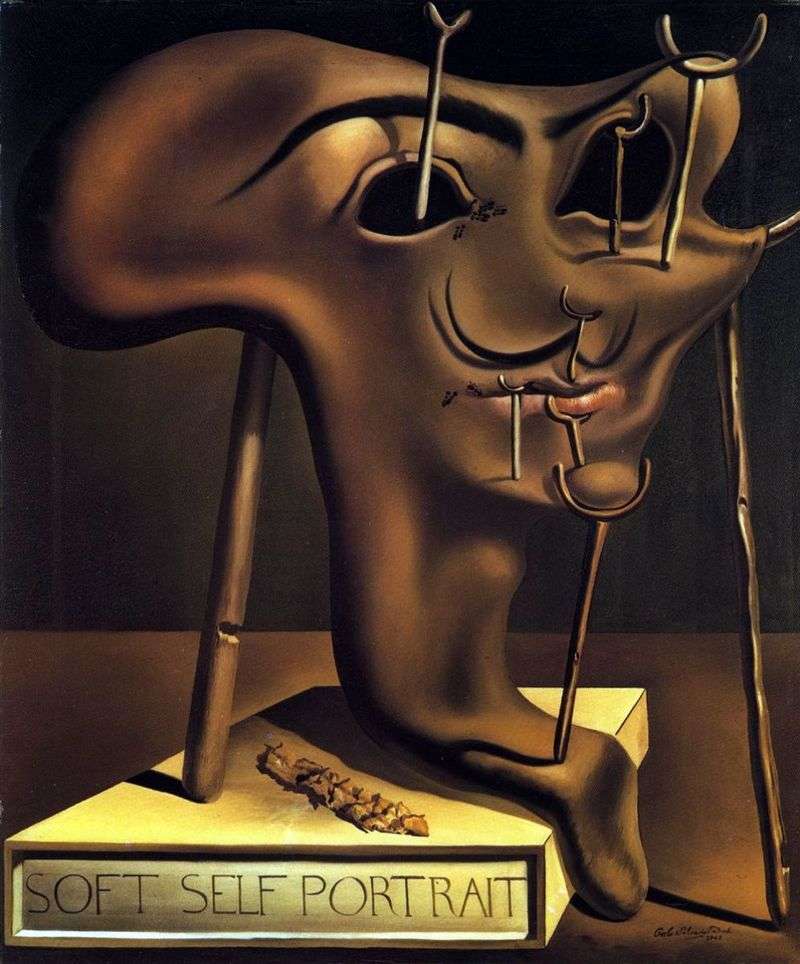 Soft self-portrait with fried bacon by Salvador Dali
Soft self-portrait with fried bacon by Salvador Dali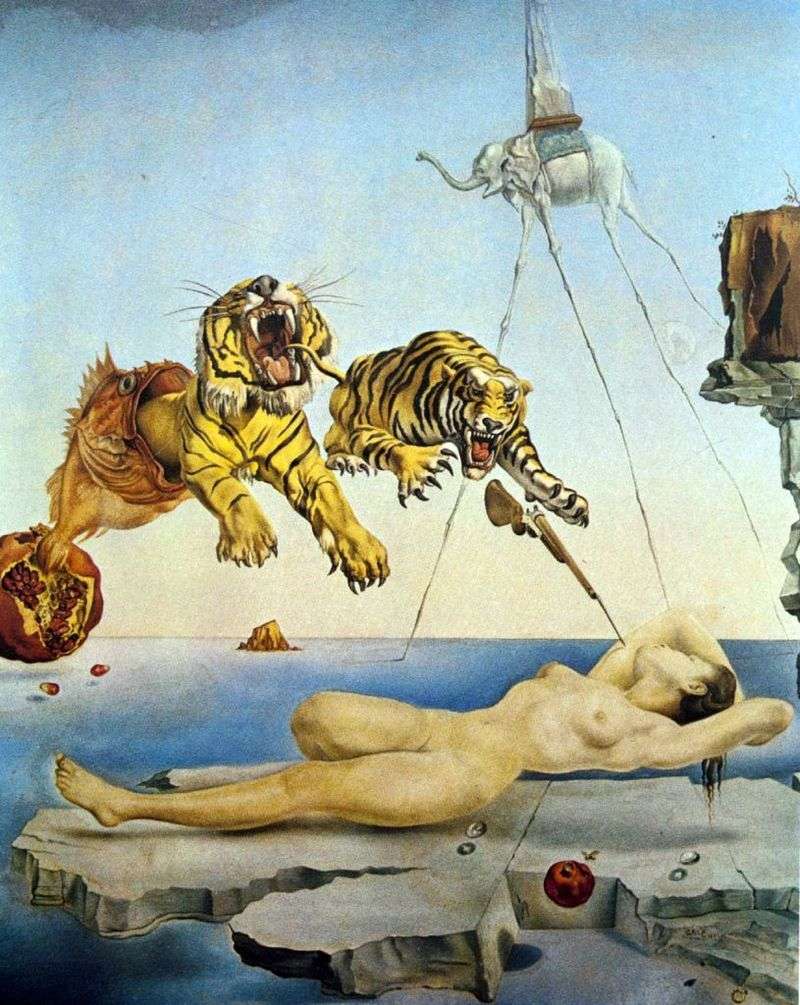 Sleep caused by flight of a bee around a pomegranate a second before awakening by Salvador Dali
Sleep caused by flight of a bee around a pomegranate a second before awakening by Salvador Dali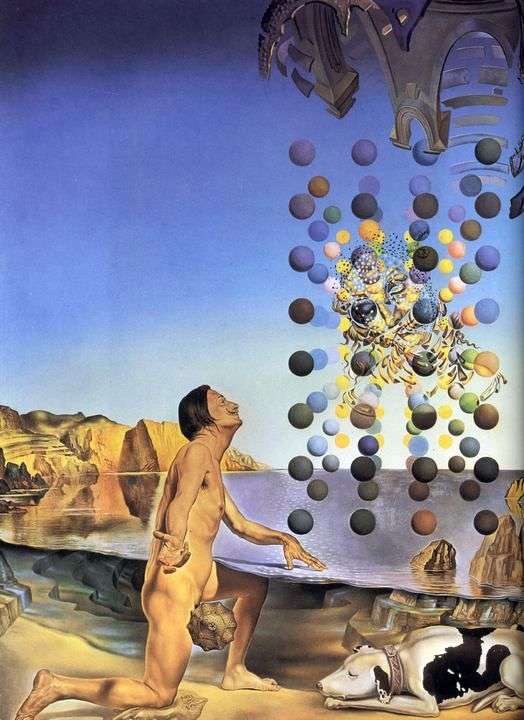 Naked Dali in front of five regular bodies by Salvador Dali
Naked Dali in front of five regular bodies by Salvador Dali Disappearing images by Salvador Dali
Disappearing images by Salvador Dali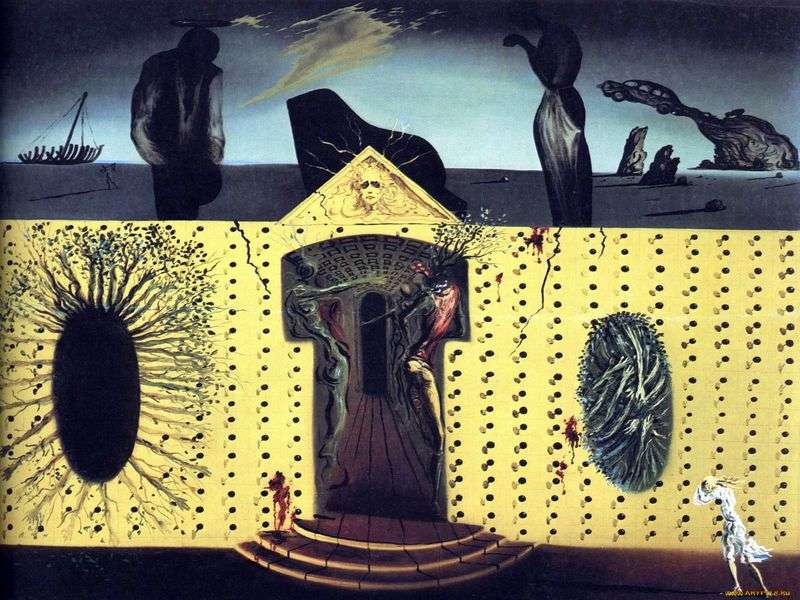 Mad Tristan by Salvador Dali
Mad Tristan by Salvador Dali Great masturbator by Salvador Dali
Great masturbator by Salvador Dali